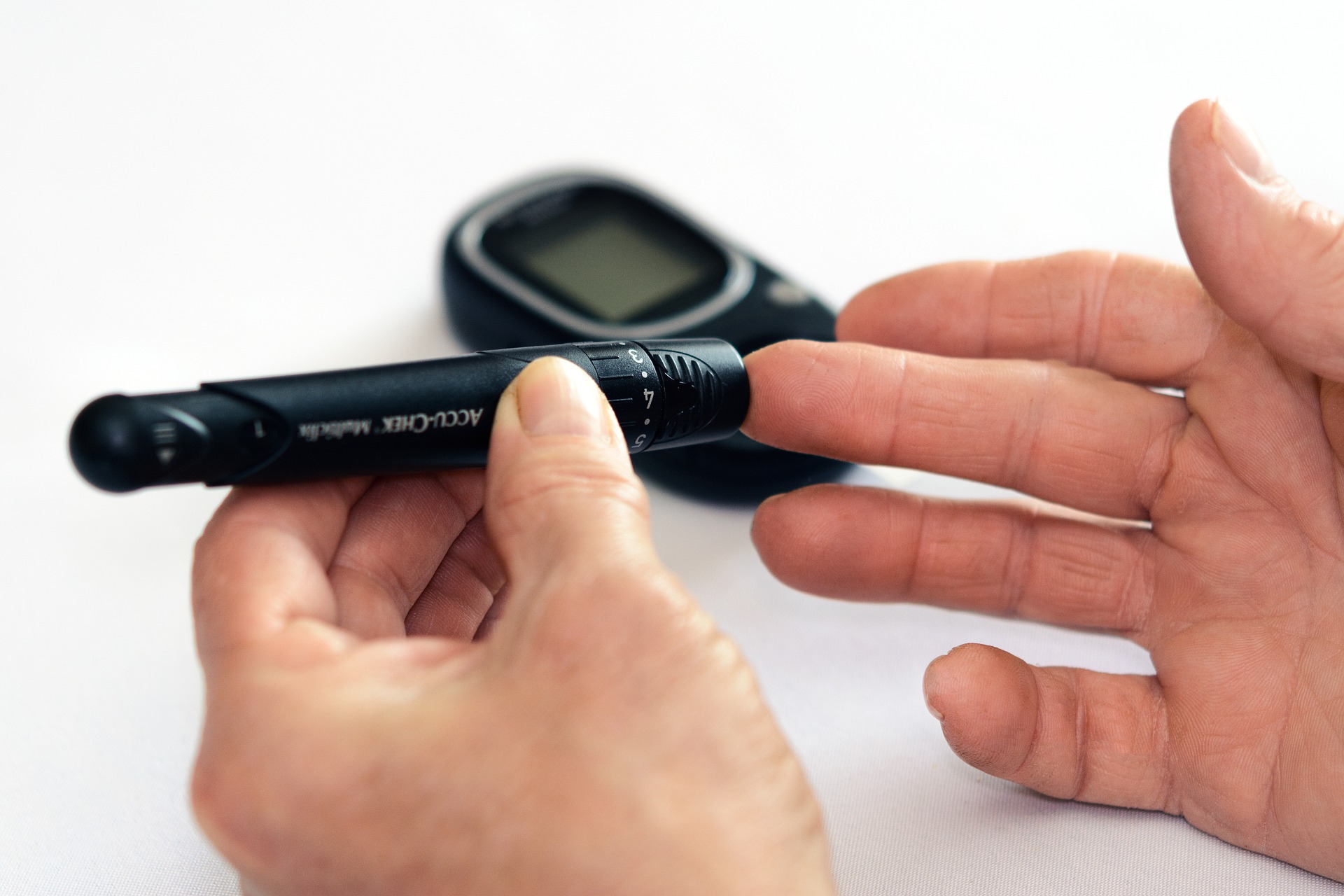With Diabetes, Cause of Complications May Surprise You - American Council on Science and Health

As a society, we immediately understand a broken arm. A gaping wound. The wasted appearance of a body overrun by cancer. But, often there are more silent and invisible conditions that not only wield a physical furor, but also an emotional and psychological one. Diabetes is such a malady. There are different types, but each form can lead to too much sugar, aka glucose, in your blood which can prompt substantial secondary health complications with short- and long-term consequences. These serious adverse effects can, thankfully, in many cases be mitigated when a patient is more consistently well-controlled and properly managed.
You may be surprised to learn the problems caused by this disease are due to the vascular issues created throughout the body and the impact on the patient is highly dependent on the geography affected. Location, location, location.
The delicate dance of living life and keeping eating and insulin regimens in balance to prevent sugars from going too high or too low is unrelenting. The devastating consequences of diabetes can be blindness, impaired wound healing, heart attacks and cardiovascular disease, strokes, kidney damage, increased susceptibility to infection, issues with pregnancy and so on. To learn more about the early signs of diabetes and the various forms, review this piece. To understand Type 1 Diabetes specifically, read here.
The complications, in particular the long-term ones, from diabetes occur mostly from the damage caused to blood vessels throughout the body. As a result, the compromised vasculature adversely impairs the crucial organ it is trying to serve. This manifests by diminished blood flow to the site depriving it of necessary oxygen and nutrients to maintain healthy tissue, for example. Because long-lasting issues with high blood sugar can cause poor circulation, impaired wound healing and weakened immunity, the slightest unchecked cut between toes can blossom into a robust infection that can progress to necrosis, even amputation (and this can ascend up the leg well beyond the toe). This is why it is so critical to examine routinely the lower extremities especially the feet and inbetween the toes of a patient with diabetes. Why such hypervigilance is required is because those with diabetic neuropathy, a type of nerve damage, are often susceptible to numbness and tingling in these areas especially, so by the time a patient discovers a problem the complication can already be very advanced.
Diabetes is basically a vascular disease which in the eye is characterized by derangements in the blood vessels in the retina, the delicate neural tissue that provides sight. This vascular distortion and permeability causes microaneurysms and leakage of fluid from the blood vessels, resulting in retinal swelling or edema. Sometimes it is asymptomatic in its early stages which is why regular eye exams by an ophthalmologist are so important. When it occurs in the macula, the part of the retina responsible for central vision, it can cause loss of vision - macular edema is the most common cause of vision loss for people with diabetes. Swelling in the retina can be treated by laser or intravitreal medications or injections of medications into the eye, but sometimes damage to delicate retinal cells, especially if present for a long time, can be irreversible.
As diabetic retinopathy progresses, it can cause areas of retinal ischemia because the blood vessels are inefficient at carrying nutrients to the delicate retinal tissue (ostensibly starving it). In advanced stages, this ischemic retina sends out signals to grow new blood vessels, which seems like a reasonable compensatory mechanism, except these blood vessels are faulty. These new vessels also leak fluid and blood into the retina and eye (vitreous hemorrhage) and the fibrovascular tissue can cause traction on the retina or retinal detachment. These conditions may require surgery to repair.
Diabetic retinopathy once present doesn’t always advance, it definitely can improve or be stabilized by optimizing overall or systemic health. It is a sign that further steps need to be taken to improve blood sugar control. It is correlated with kidney (aka renal) disease. Think about it this way, if an ophthalmologist can see signs in the small vessels of the retina, then imagine where else in the body it is occurring.
Other ways diabetes can affect the eye are by transient blurring of vision due to large changes in blood glucose, and cataract formation.
Anyone with diabetes can be at risk for ophthalmic manifestations - male or female. The best prevention is glycemic control - optimizing systemic health. Blood pressure control and avoidance of other vascular insults such as smoking are also recommended.
Remember, if signs are present in the tiny vessels of the eye, then it is conceivable they are problematic in other areas of the body. Erectile dysfunction can be a sign of diabetes. There is a greater likelihood of developing a stroke and heart or coronary artery disease. Hearing loss, kidney disease and so on.
Take home message
The more well-controlled the diabetes that leads to all of the regional problems that wreak the most havoc, the less the secondary problems or at the very least the less they have of a chance to progress. Serious irreversible damage can still result, but improving diet, not smoking, increasing physical activity, optimizing glycemic control, managing blood pressure and consistent follow-up with a medical team who can be on top of early interventions provides the most proactive means for assuring good health and preventing worsening.
https://ift.tt/2XsMVSQ



Comments
Post a Comment